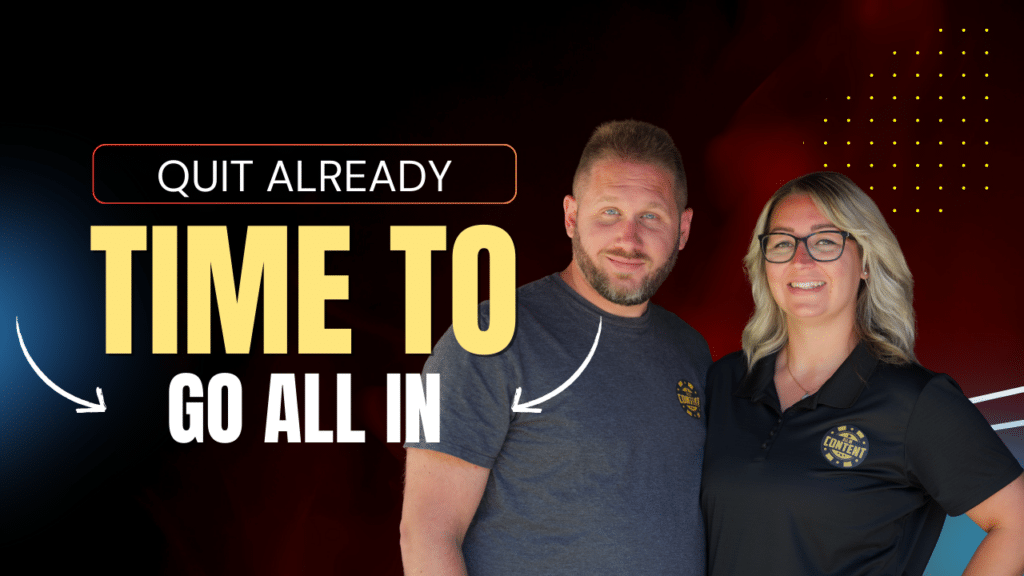As leaders, we often hear two schools of thought. The first is that we should prioritize our customers. They are the reason that businesses exist, paying everyone’s wages, buying the services and products we produce. This line of thinking places greater emphasis on delivering a superb customer experience. The other line of thinking is that leaders should prioritize employee experience. Attention has started to drift more in this direction over the last couple of years. Many thought leaders suggest that to create the type of customer experience you want, priority needs to first ensure employees experience it first. While true, I’d argue there is another line of thinking that many leaders don’t appreciate or recognize that’s of even greater importance – putting yourself first. What! Yes, put yourself first. Leaders need to put themselves first in front of both customers and employees. Controversial? Maybe. Wrong? I think not. I was hoping you could hear me out on this one before you stop following, or bash me online.
Why Leaders Need to Put Themselves First
If leaders don’t take care of themselves, putting their needs first, they won’t be effective. When I say effective, I mean that leaders won’t be able to design the type of employee experiences required to produce outstanding results. Forget about things like strategy development too. If leaders don’t focus on their own mental, physical, and emotional well-being, they’ll do more harm than good. A leader plays a significant role. They can make or break the careers of others, determining whether a team has a good day or a chaotic one. Leaders determine priorities and drive the work of others. If a leader is not in the right headspace, they can produce a toxic and chaotic environment, hurting both the employee and customer experience.
How Should Leaders Put Themselves First
There are multiple ways that leaders should prioritize themselves.
- Focus on professional development. There’s always lots to learn, with plenty of resources out there to get better. Whether it’s signing up for daily doses of management advice from popular publications, reading books, blog posts, watching courses on LinkedIn Learning, or other similar offerings, there are tons of ways to become better leaders.
- Take breaks. You can’t go hard at it too long without eventually breaking down. Remember to eat and drink water, to fuel your body and mind.
- Don’t manage on autopilot. Leaders are most effective and appreciated when they demonstrate that they have a plan. When a leader can show others that there is a strategy combined with making effective decisions, chaos becomes more orderly. Instead of being stuck firefighting and reacting to everything, leaders make their lives easier when they become more proactive. Take the reigns a little more.
- Disconnect more often. Go on vacation. Shut off notifications when you are away from work. Everything will be fine. Trust your team when you need to step away, empowering others to make decisions in your absence. If something does go wrong, treat it as a learning opportunity for everyone as well.
Final Thoughts
Some people might think it’s selfish for leaders to think of themselves first. Yes, it might be. But if leaders don’t do so, they will never be able to be the best versions of themselves that their team and organizations need them to be. Investing in yourself, lets you perform better, positioning you and the team for bolder and more confident challenges. When you, as a leader, are at your best, you can more easily bring out the best in others. That’s when the real magic happens. You’ll see your employees and customers leap to new levels of success. The choice is yours if you want to be better. Don’t be afraid to put yourself first.
For a regular dose of advice, tips, and tricks, follow me or my podcast, The Chris Hanna Show on Twitter, Instagram, and LinkedIn, or visit Evolving Management for more solutions. Let’s connect.







